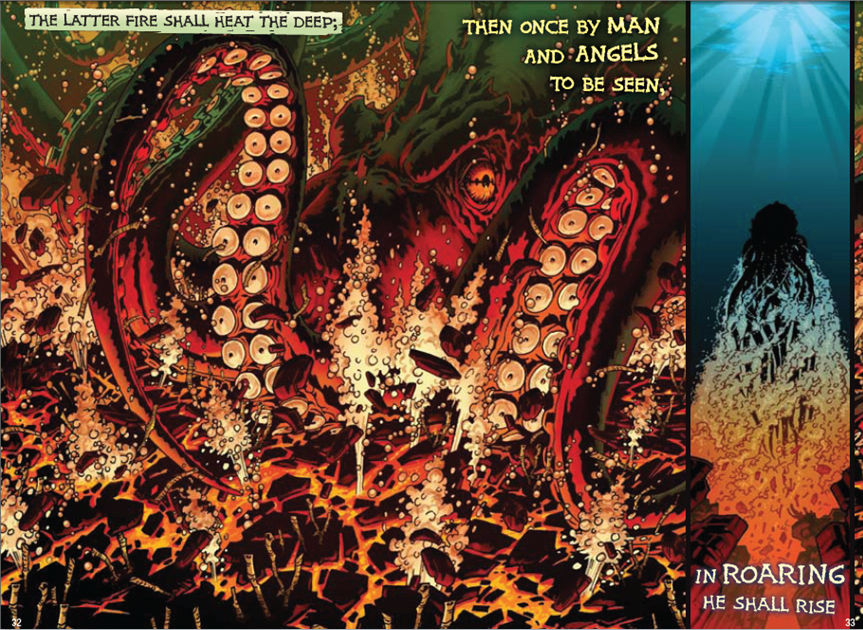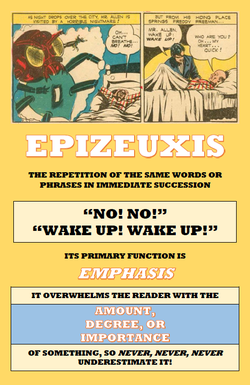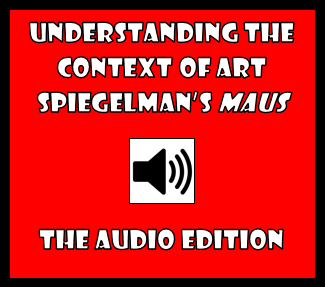"Graphic Poetry" Activity
3/21/2014
DescriptionStudents read, examine, and create graphic poems, and consider both the implications of using the visual in connection with poetry, and whether an artist or poet/artist can visually represent the intricacies of literal and figurative language. The hope is that students will recognize the beauty of graphic poetry and thereby develop a greater fondness for and appreciation of poetry proper. SkillsSelf Awareness, Metacognition, Critical Thinking, Navigation Skills, Making Connections PurposeBy the end of the activity, students should see that there is something to be gained and something to be lost in marrying a poem with its graphic illustration. What is gained is a visual context that the reader can use to help him or her understand what is actually happening in a poem. What is also gained is the recognition of what art can and cannot do with pictures in order to mimic or represent the figurative. What is lost, perhaps, is precisely what is lost when the curtain rises for the presentation of play and we see the gradual unfolding of the directorial decisions that will define how the performance in front of us will interpret the stage directions and dialogue of the playwright. Critical Thinking Questions
Self-Awareness and Metacognition Questions
Navigation Skills and Making Connections Questions
How Can Visual Narrative Foster Inquiry in This ActivityReading graphic poetry can help students to make sense of some of the complexities of the poems they examine, even if those complexities are what is literally “happening” in a given work. In my experience, though, a student is far more likely to want to bring their critical thinking and inquiry skills to bear on a poem that they believe they understand than one they don’t. As students move through the process of reading, analyzing, and creating graphic poetry, it is essential that teachers encourage students to develop an ongoing dialogue with the work they are studying.
0 Comments
Your comment will be posted after it is approved.
Leave a Reply. |
Glen DowneyDr. Glen Downey is an award-winning children's author, educator, and academic from Oakville, Ontario. He works as a children's writer for Rubicon Publishing, a reviewer for PW Comics World, an editor for the Sequart Organization, and serves as the Chair of English and Drama at The York School in Toronto. If you've found this site useful and would like to donate to Comics in Education, we'd really appreciate the support!
Archives
February 2019
|




 RSS Feed
RSS Feed
